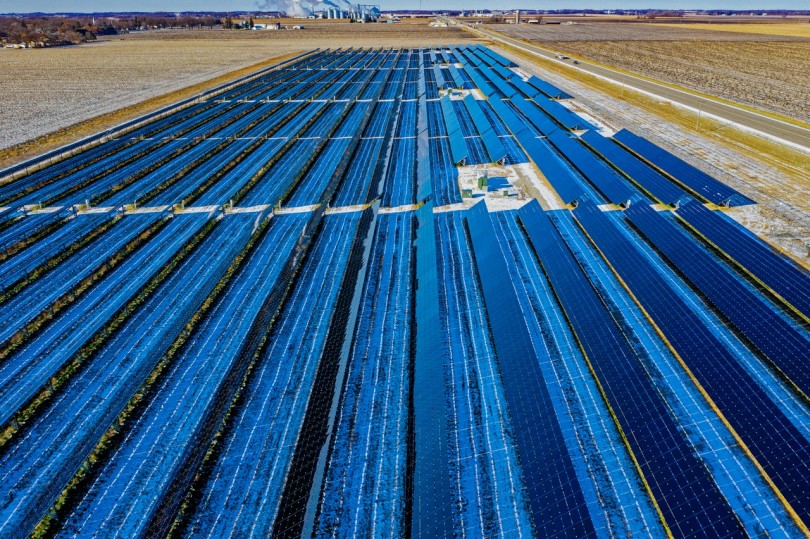Why Is the Gulf Attracting Climate Tech Businesses?
28 Jun 24
Enviro ChatThe Global News Source for the World of Science and Chemicals
31 May 2020
Lab Chat
With year-round sunshine, a mean annual temperature of 29°C and less than 10 days of rainfall per annum, the UAE is one of the sunniest countries on the planet. It’s little wonder, then, that one of its Emirates is leading the way when it comes to solar-powered energy – although the affordability of that energy may constitute a surprise.
Abu Dhabi has announced plans to create a solar farm capable of generating 2GW of energy and powering 160,000 homes throughout the Emirates by 2022. What’s more, it’s scheduled to be the cheapest solar farm in the world, with a projected price point of $1.35 per kilowatt hour. How, exactly, has a nation that has traditionally relied upon fossil fuels for its energy and economic stability pivoted so effectively to sustainable sources of power?
The 2007 economic crisis hit almost every country in the world hard and the UAE was no different. However, after a flattening of its population in the credit crunch’s aftermath, it has now begun to steadily rise again, and alongside the recovery of the economy, heralds a projected 9% annual growth in its energy demand, according to the Emirati government.
That government have seen fit to prepare themselves for the coming demand spike by stockpiling capacity of one of the fastest growing renewables in solar power. Already home to two of the world’s largest solar farms, the UAE is planning to add to that capacity with a 2GW farm manufactured by the Abu Dhabi Power Corporation (ADPower).
Once completed, the plant will provide enough power to heat and light 160,000 homes. The reason that ADPower have been able to secure such a low price-per-kilowatt hour is their adoption of advanced photovoltaic (PV) solar panels, which are much more efficient at processing the rays of the sun than their predecessors and can, as a result, be used in smaller installations.
This, alongside generous government support in the shape of subsidies for private residents and business owners alike, has encouraged widespread uptake of solar power and prompted greater advances in the tech. Indeed, a recent research paper from the Massachusetts Institute of Technology (MIT) found that 60% of the drop in PV panels’ pricing could be explained by market growth, with another 30% coming from government-funded R&D.
The additional power capacity that the 2022 plant will bring is expected to reduce Emirati emissions by a staggering 3.6 million metric tonnes per annum. That’s equivalent to taking almost three-quarters of a million cars off the streets, while simultaneously meeting the nation’s ballooning energy demands.
“Abu Dhabi has illustrated a remarkable step-change in the way the Emirate generates power through an enhanced focus on sustainability and renewable technologies,” explained Jasim Thabet, the current CEO and managing director of ADPower.
DOWNLOAD PDF

2 Day Seminar Program
@ ArabLab+ 2024
24 & 25 September 2024
Your stay in Dubai
Labkit
Product News
Chemkit
Product News
Thinking about exhibiting at ARABLAB 2024? Watch our video to find out more.
Join the world’s leading organisations…
Join our mailing list and receive the ARABLAB newsletter and event updates.